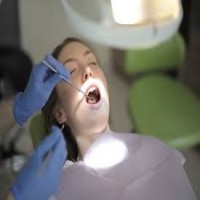 Professional Dental Tools
Professional Dental Tools
Did you know that an unhealthy mouth can cause problems in other areas of the body?
food eating all the times during the day. Whenever you take a sip of water or a bite of food, bacteria in your mouth can travel to other parts of the body and cause infections.
Disgusted? Not be. Daily brushing and flossing help keep bacteria levels in the mouth under control. And checking in with your dentist a couple of times a year will help make sure your oral health is always up to par.
But when you regularly skip your brushing and flossing, things can get out of hand. In addition to tooth decay and gum disease, poor oral hygiene can allow bacteria levels to grow beyond what the body can easily handle. Those bacteria can travel throughout the body causing inflammation and contributing to problems like heart disease, pneumonia, and even pregnancy complications.
Certain general health conditions can also affect oral health, showing how closely they are linked. Gum disease also can put you on risk for Diabetes. Osteoporosis is related to tooth loss. And Alzheimer’s can bring your oral health down.
Once you understand the connection between oral health and overall health, you can take advantage of this symbiotic relationship. For example, making some lifestyle changes to improve oral health will also reduce risk factors for some serious and life-threatening diseases. Talk about a special two for one.
Some of the common risk factors that oral diseases share with other chronic diseases are:
- Diet. Poor diet can lead to tooth decay, but it can also contribute to heart disease, stroke, diabetes, cancer, and obesity.
- Tobacco. Smoking or chewing tobacco increases the risk of oral cancer, heart disease, liver scarring, and other cancers.
- Poor hygiene. While regularly skipping brushing and flossing can lead to gum disease, it can also contribute to other bacterial and inflammatory conditions.
What equipment does your dentist use to care for you?
Here’s a guide to some of your dentist’s equipment and what it does.
Mouth mirror:
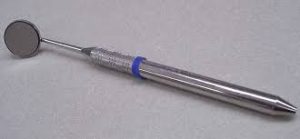
You will almost certainly use it during your visit. Your dentist should have a good view of the inside of the mouth, including the back of the teeth. The mirror allows them to see from all angles and helps them identify potential problems.
Dental probe
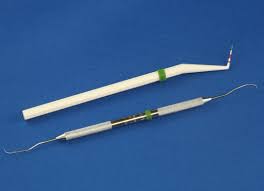
There are different types of probes. They are used to exploring the mouth and making sure everything is okay. A pointed probe is used to find cavities and different oral problems, while a periodontal probe is used to measure periodontal pockets and identify any problems, such as gum disease.
Anesthesia

Teeth can be hard on the outside, but under the enamel they are incredibly sensitive. To operate without causing pain, your dentist will administer a topical anesthetic to numb your mouth.
Dental syringe
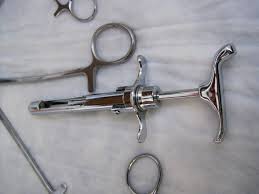
The dental syringe is used to deliver topical anesthesia to numb the teeth and gums so that the dentist can perform procedures that could otherwise be painful for you. Syringes are also used to rinse or dry the mouth with water and air, which is necessary for some procedures. Syringes can be uncomfortable when given, but it usually clears up within seconds.
Dental drill
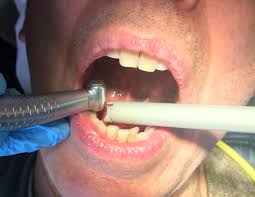
The noise and vibration caused by the drill on the teeth may cause an unusual feeling, but this is not a cause for concern. The drill is used to remove any cavities attached to the tooth before filling the cavity, although it is sometimes common practice to polish and smooth the tooth once the surgery is complete.
Bucket excavator
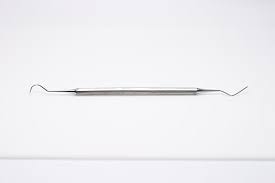
Sometimes the material in the tooth cavity is soft and drilling is not necessary. Spoon excavators are used to remove this type of decomposition.
Burnisher
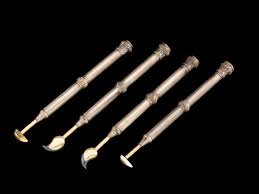
Burners are usually used at the end of a procedure to smooth and polish teeth or to remove scratches. They are often used after dental restorations to clean the tooth after the primary procedure.
Scaler
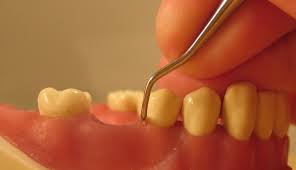
Scrapers are used to remove the stone above the gum line. Sometimes the plaque hardens so hard that it cannot be buffed off, requiring careful scraping with these tools.
Curette
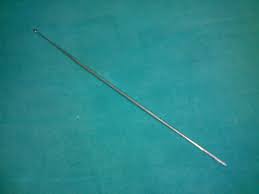
Like scalers, curettes are used for plaque removal, but have a special shape to remove them below the gum line without causing additional gum damage.
Suction device
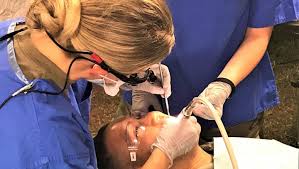
During many procedures, saliva and debris can build up in the mouth, which can make life difficult for your dentist. Small tubes are used to suck out anything that is blocking the mouth.
Bone scan

Sometimes a problem is not immediately apparent, so an X-ray should be taken to get a more detailed view of the teeth and bones. Without an X-ray, problems such as early tooth decay are difficult to detect.
Mold
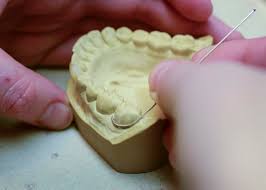
One of the most accurate ways to get an impression of the inside of your mouth is to fill a mold with liquid material and bite it. The resulting impression can be filled with plaster and hardened to make a model of your teeth, including any cavities. These can be used to diagnose any problems and are also used to make suitable crowns, caps, mouth guards and braces.
Air/Water Syringe
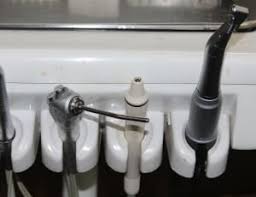
The air / water sprayer is a portable stainless steel device with a long, thin nozzle on the end. The user can spray air and / or water from the nozzle, or press both buttons to produce a jet of water mixed with air. Radius and intensity can be controlled by varying the amount of pressure used to press the air and water buttons.
Dentists, assistants, and dental hygienists use water spray to remove dirt and other materials. While cleaning, you may be asked to shake the water they splash into your mouth to remove the enamel from your teeth. After spraying the water, they often suck it up with one of the extraction systems. The atomized air is used to dry the tooth or teeth to get a better view of what is happening in the mouth.

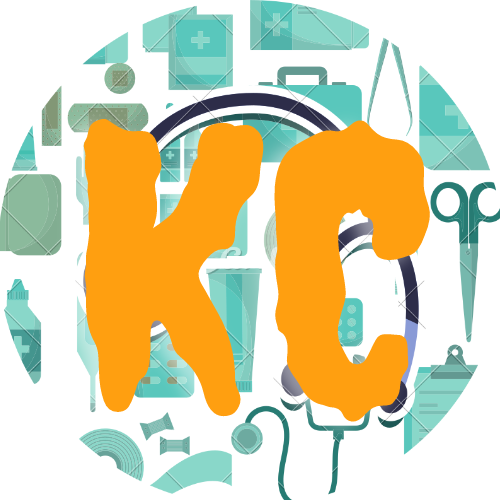

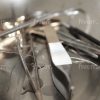















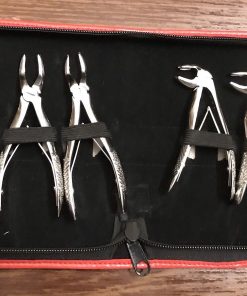
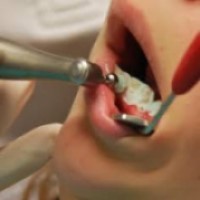
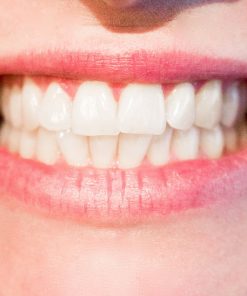
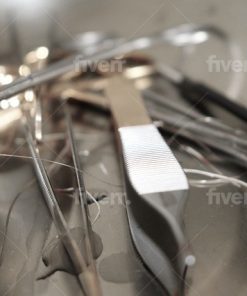
Reviews
There are no reviews yet.